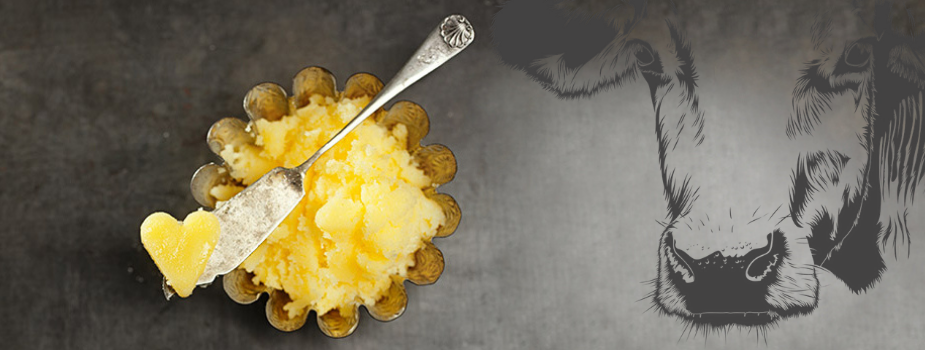
Now that boosting our immunity through a healthy diet is getting some extra attention—courtesy of the coronavirus pandemic—familiar sources are being pulled out of the woodwork and canonised (again). Ghee is a prime example: Indian clarified butter, an ancient superfood considered synonymous with Ayurveda. From the traditional kitchens in India, ghee has now made its way all over the world. Really? Yep! Here are a few things you need to know about ghee.
What is ghee?
Ghee, also known as Indian clarified butter, is created when butter is heated and the milk components are removed, leaving a concentrated residue of pure fats. By heating it for a considerably longer time, the clarified butter gets a completely different flavour, one that is very distinctively nutty. Ghee, or Indian clarified butter, consists of more than 99% dairy fat. Ghee also contains the essential fatty acids omega-3 and omega-9 in the right ratio, along with vitamins A, D, E and K.
Ghee is virtually lactose- and casein-free and digestion-friendly
With a lactose content of less than 0.0001%, ghee contains virtually no lactose. For reference, ordinary milk contains about 5% lactose. Regular butter contains only 0.7 grams of protein per 100 grams, whereas the protein content in clarified butter is virtually zero. As a result, there is hardly any of the milk protein casein to be found in it. Ghee contributes to better absorption of nutrients in your body and helps dispel toxins. That is precisely why ghee has been the go-to base fat in Indian Ayurveda for thousands of years.

Indian clarified butter: high smoke point and rich flavour
The fear of saturated fats now seems to have been somewhat exaggerated, and it shows: butter seems to be making a comeback. However, using butter for frying and baking remains difficult as it quickly blackens in a pan, which is not healthy, of course. Ghee has the wonderful properties of butter but with a smoke point of no less than 250°C, which means that frying and baking with ghee is a lot safer. Ghee is a cooking fat with a rich nutty flavour that is ideal for frying and baking all kinds of things. Super tasty and healthy!
What are the benefits of using ghee?
✔ Promotes the digestion of fatty foods in particular as ghee stimulates bile production in the liver.
✔ Excellent absorption capacity: ghee boosts the absorption capacity of the intestinal walls.
✔ Source of fatty acids: including butyrate, which maintains the health of the intestinal walls and reduces the risk of inflammation.
✔ Lubricates the body: used externally or internally, ghee lubricates joints and connective tissue and promotes flexibility.
✔ Super Brain Food: ghee is one of the purest sources of saturated fat as well as choline and omega-3 fatty acids.
✔ Ghee is good for the eyes: it is high in vitamin A.
✔ High in omega-3 fatty acids: these lower cholesterol levels and keep your heart healthy.
✔ Increases the effect of beneficial herbs by transporting them to the part of the body where they are needed.
How to use ghee?
Ghee can be used both internally and externally. Used externally, ghee soothes irritated skin; internally, it soothes and nourishes the digestive tract and all the tissues it is transported to.
✔ Ghee is a popular ingredient in many Ayurvedic recipes, like kitchari, green mung beans, creamy urad masala, etc.
✔ Ghee is an excellent natural eye make-up remover.
✔ It is often used in Ayurvedic medicine as part of a total body and mind cleanse (Panchakarma).
✔ The nourishing and hydrating properties of ghee make it very suitable for massages.
✔ As it soothes irritated skin, ghee is ideal as a relief for babies with nappy rash.
✔ The high amount of vitamin E in ghee makes it very suitable for skin and scalp care.

What do you need to consider when buying ghee?
The most important consideration when buying ghee is that it should come from 100% grass-fed pasture cows. Even better would be if it says organic or biodynamic. As long as the cows are traditionally kept (grass and pasture), the ghee product will generally be of high quality. Ghee should always be packed in glass jars for maximum freshness and efficacy.
Ghee Easy: clarified Indian butter from Dutch organic cows
Ghee Easy was founded in 2013 by three friends: David Klingen, Bela de Brui and Andreas Giel. Back in the day, they made their ghee in a small kitchen in Amsterdam using a traditional Indian recipe. The ghee is now made in Bunnik, with delicious organic butter from various suppliers across the EU (including the Netherlands), where the cows are free to graze and eat the freshest grass. Besides natural Ghee, they also have goat ghee and coconut ghee in their range.










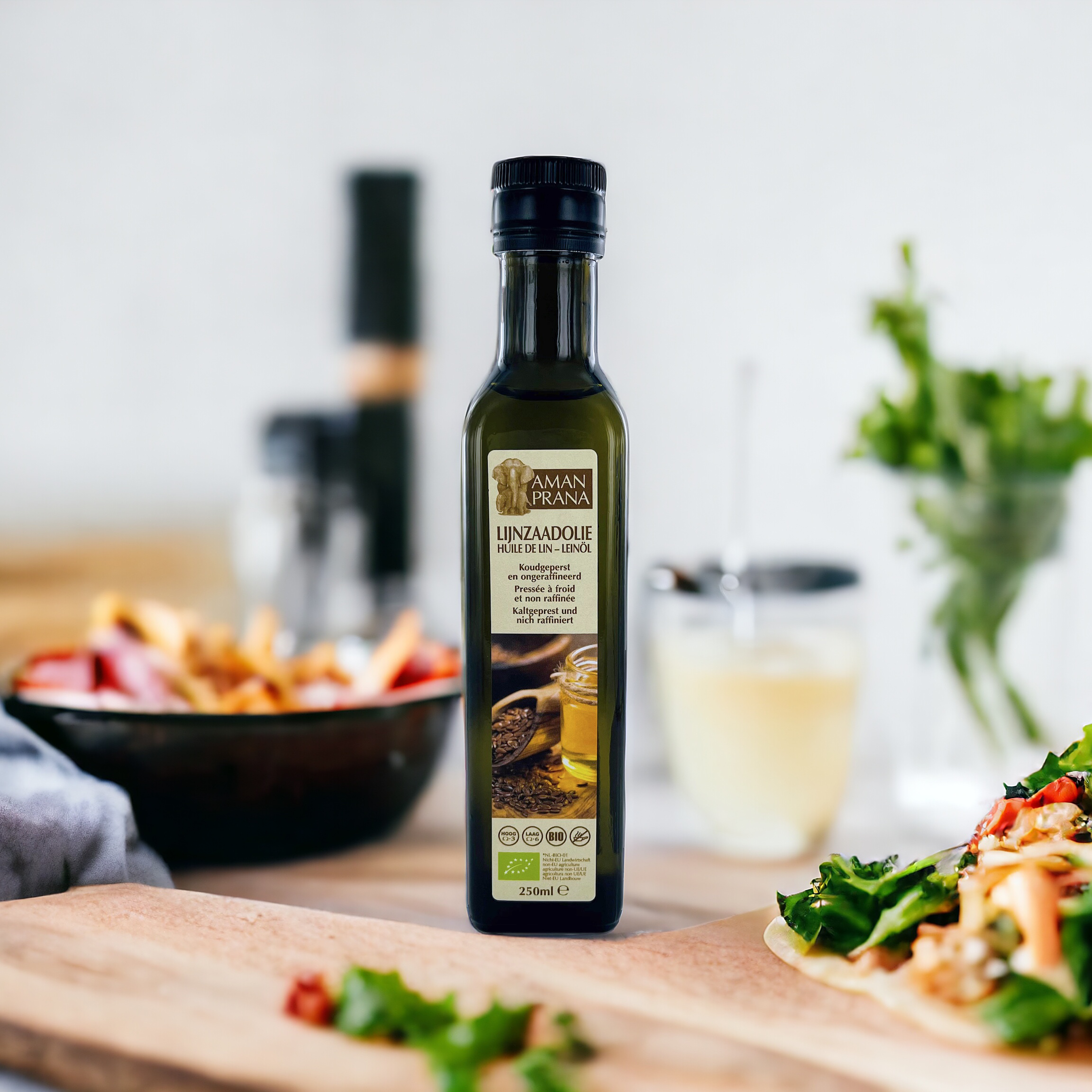

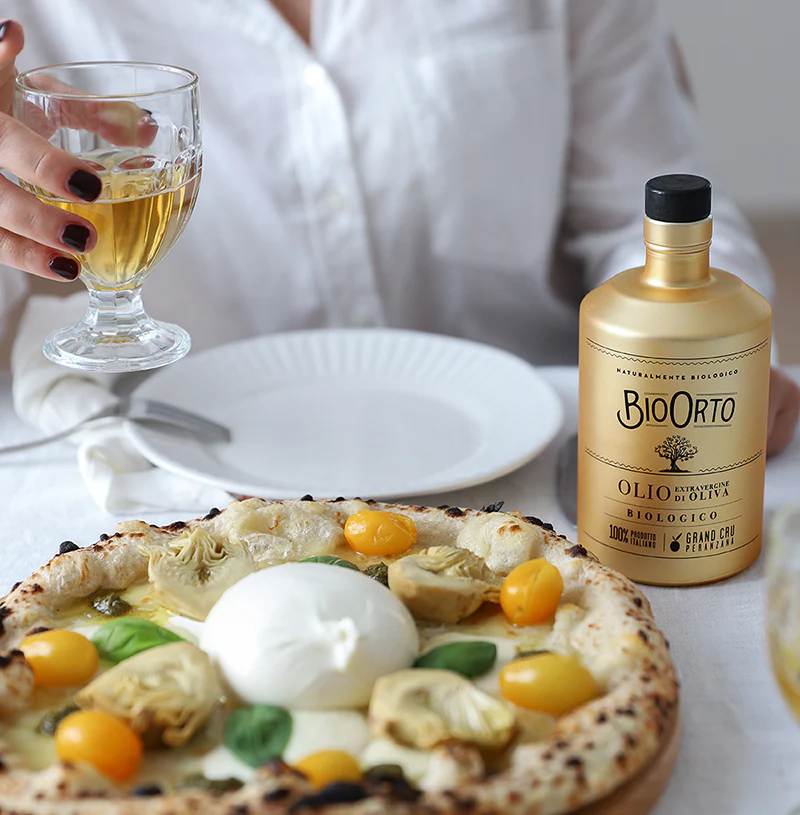
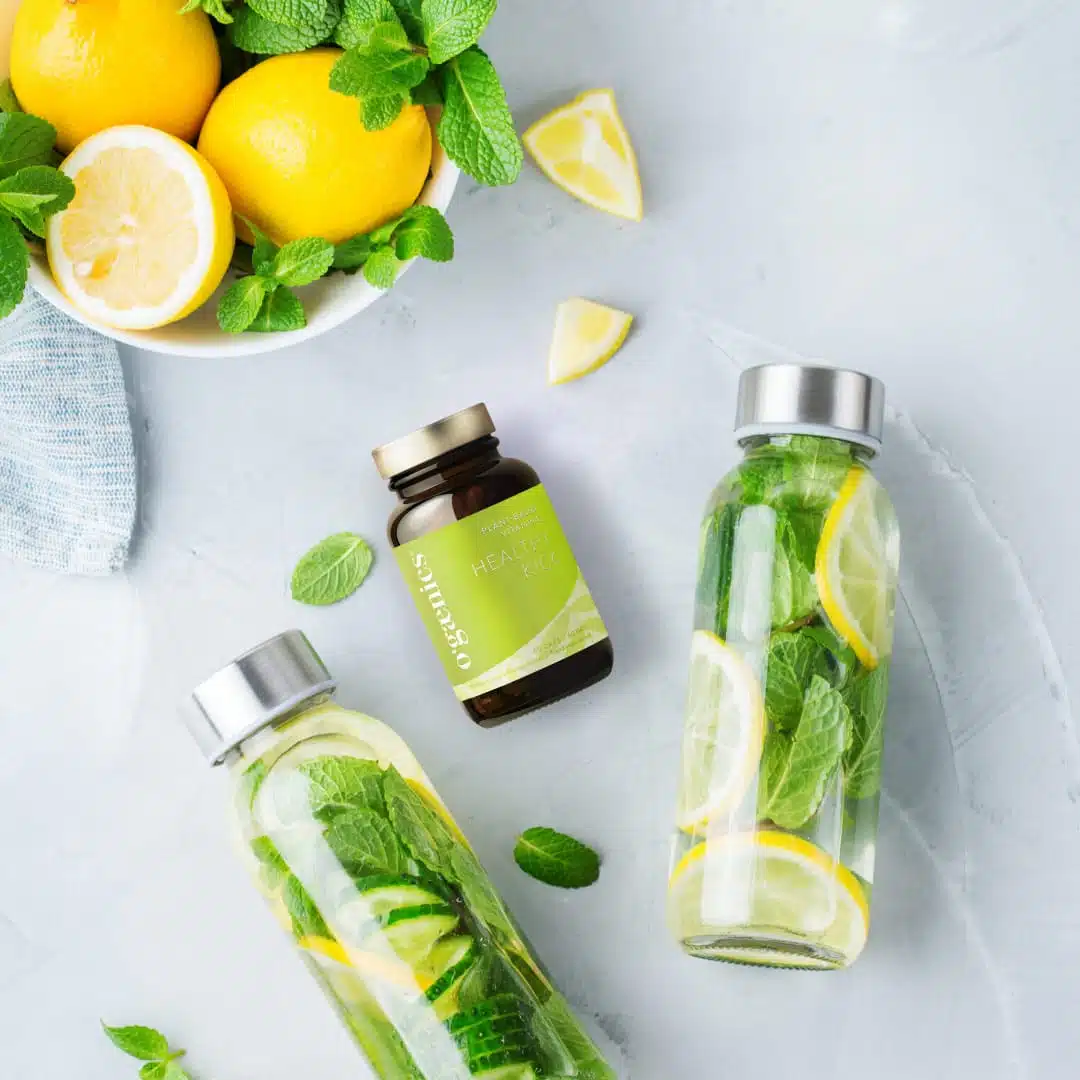
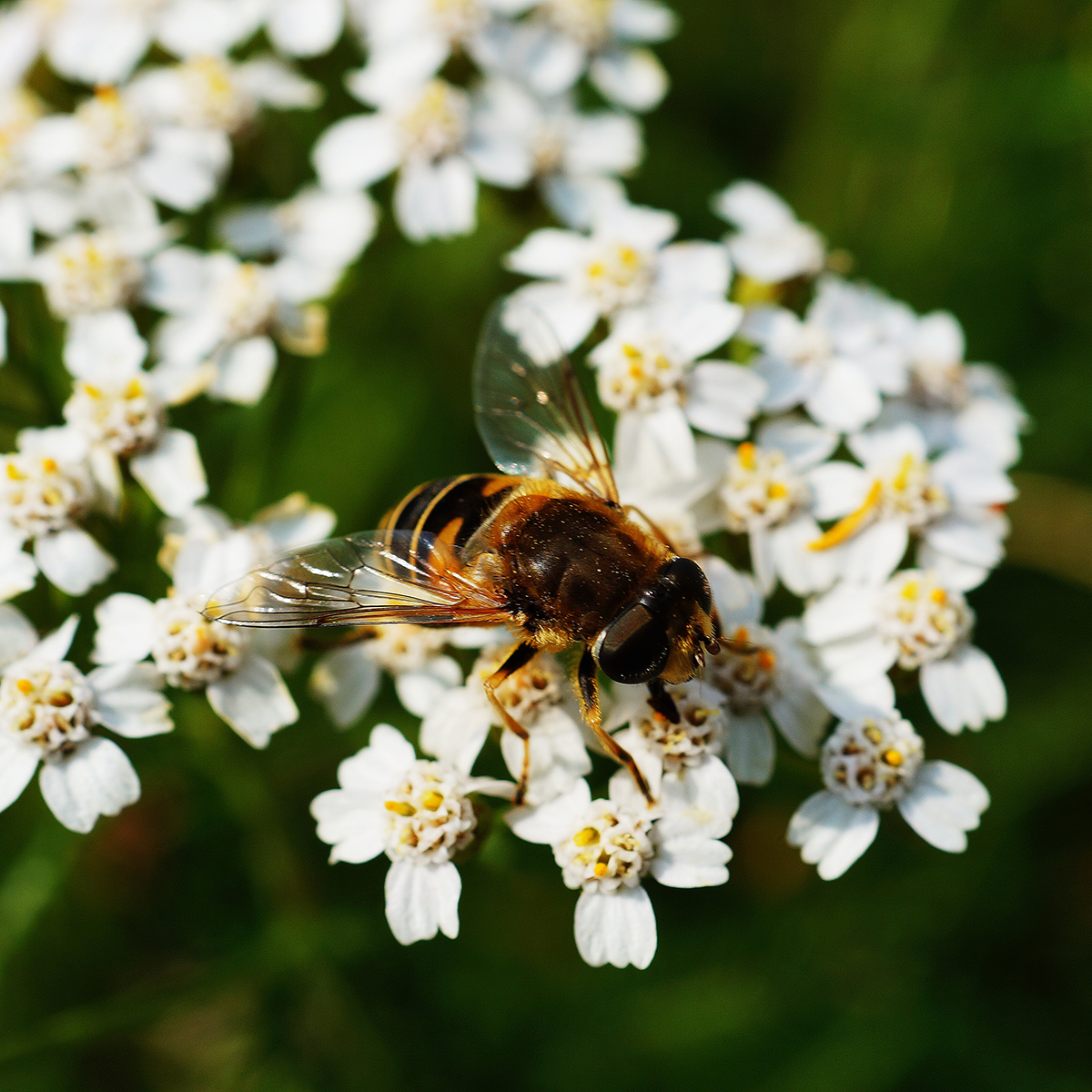
The information below is required for social login
Sign In
Create New Account